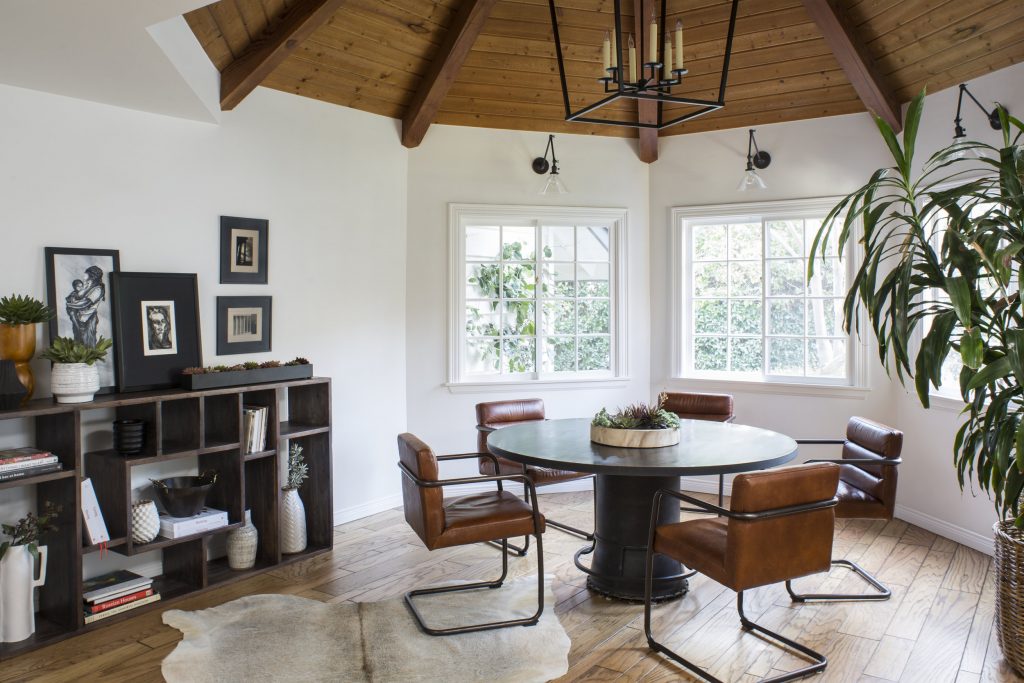Whether for new construction or a renovation project, floor protection during construction is essential. Especially if it is an extensive project, it’s crucial to minimize or prevent damage and maintain the luxurious flooring appearance. Typically, contractors or subcontractors seek out floor protection before starting. Establishing workable expectations of mess mitigation is the best way before starting the job and protecting the property.
Consider the following ways to protect your flooring during construction.
Temporary Floor Coverings

Temporary floor coverings are an efficient and affordable way to keep the floor and other components like flush aluminum floor hatch safe during construction. It provides a clear walkway to the workers and is convenient to install. It is essential to choose a floor covering suitable for the type of construction projects and materials.
The following floor coverings can protect the flooring against stains and scratches:
- Adhesive floor protection film: These high-quality film floor cover will stick to the flooring to guard against outdoor and indoor debris during construction. These products are safe to apply to hardwood floors, carpets, and other flat flooring surfaces directly. However, it is always best to read the packaging to ensure suitability for your specific flooring material.
- Hardboard: This durable thick wooden board floor cover is easy to install for heavy-duty covering protection purposes during construction.
- Floor cardboard: These floor cardboard’s protection dents to the floorings when having heavy-duty construction projects like renovating the entire rooms or adding new space. Some floor cardboards come with adhesive to prevent these floor coverings from sliding. Without adhesive, you can use painter’s tape to hold the cover in place.
- Rosin paper: Stacking rosin paper and hardboard can enhance flooring protection during construction. Remember that this rosin paper can tear or stain the floor, so you can only use this floor covering with a sheet of hardboard.
Use Painter’s Tape To Non-Adhesive Floor Protection Coverings

When having a temporary floor covering without an adhesive, using painter’s tape is ideal for preventing the floor covering film from sliding on the surface. This adhesive tape material can protect the flooring load pressure from moving equipment and paint spills. A high-quality painter’s tape will not leave any residue when applied correctly on the floor.
Follow these tips when using painter’s tape on the floor:
- Clean the flooring surface: Before applying the painter’s tape, clean the flooring to prevent debris and residue buildup.
- Use the medium-adhesion tape: Use an adhesive tape that is medium strength and strong enough to stick on the floor. However, an adhesive tape that is too strong can leave residue on the surface.
- Avoid using it for the newly finished hardwood floorings: Generally, a painter’s adhesive tape is safe to use on flooring surfaces. However, when the flooring is a newly finished hardwood, it would be best to stick it to the baseboard instead of adhesive tape.
Determine Walkway Routes

Establish a pathway route outside and inside the building when bringing the materials and equipment. The whole contractor team should know the prohibited areas of the property so that they will not track any debris and prevent unintentional damages in those sensitive areas.
Remember these tips for creating a safe walkway during construction:
- Make them clear: Before the construction begins, assess which part of the building the construction team needs to access. Apply temporary covering or a protective film to designate where the workers should walk. Clear the walkways from furniture or any other object obstructing the walkways.
- Wear shoe covers: Although sticky mats and protective films can guard the floors against outside grimes, shoes may still have hard debris on them. Try to get inexpensive shoe covers for them to wear instead of making everyone take off their safety shoes when entering the building.
- Protect the walkway: If the contractor team will bring grime into the building, put a thick layer of wood chips at the door to minimize the grime on their shoes. Installing sticky mats at the work area entrance will pick up the debris and dirt underfoot.
Keep the Work Area Clean

Even with a temporary floor covering film, the flooring could collect tiny amounts of debris. Make a habit of cleaning the floor area at the end of each day with sponge mops or vacuums to prevent waste and dust buildup. When painting, clean up all the spills as soon as possible to avoid permanent stains. It is also best to dispose of trash to cut back on clutter.
Depending on the construction or renovation situation, tools, materials, and products, the flooring will always require a temporary floor covering. Opening a dialogue with the contractor team on protecting the floors promotes a cleaner and safer job site.
Thanks to accessdoorsandpanels.com for consulting on this post.

Leave a Reply